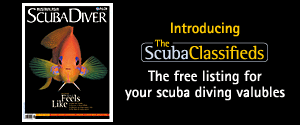- Home
- Directory
- Shop
- Underwater Cameras - Photographic Accessories
- Smartphone Housings
- Sea Scooters
- Hookah Dive Systems
- Underwater Metal Detectors
- Dive Gear
- Dive Accessories
- Diving DVD & Blu-Ray Discs
- Diving Books
- Underwater Drones
- Drones
- Subscriptions - Magazines
- Protective Cases
- Corrective Lenses
- Dive Wear
- Underwater Membership
- Assistive Technology - NDIS
- On Sale
- Underwater Gift Cards
- Underwater Art
- Power Stations
- Underwater Bargain Bin
- Brands
- 10bar
- AOI
- AquaTech
- AxisGo
- Backscatter Underwater Video and Photo
- BLU3
- Cayago
- Chasing
- Cinebags
- Digipower
- DJI
- Dyron
- Edge Smart Drive
- Eneloop
- Energizer
- Exotech Innovations
- Fantasea
- Fotocore
- Garmin
- Geneinno
- GoPro
- Hagul
- Hydro Sapiens
- Hydrotac
- Ikelite
- Indigo Industries
- Inon
- Insta360
- Intova
- Isotta Housings
- Jobe
- JOBY
- Kraken Sports
- LEFEET
- Mirage Dive
- Nautica Seascooters
- Nautilus Lifeline
- NautiSmart
- Nitecore
- Nokta Makro
- Oceanic
- Olympus
- OM System
- Orca Torch
- Paralenz
- PowerDive
- QYSEA
- Scubajet
- Scubalamp
- Sea & Sea
- SeaDoo Seascooter
- SeaLife
- Seavu
- Shark Shield
- Sherwood Scuba
- Spare Air
- StickTite
- Sublue
- Suunto
- SwellPro
- T-HOUSING
- Tusa
- U.N Photographics
- Venture Heat
- XTAR
- Yamaha Seascooter
- Youcan Robot
Plenty of reasons why Marine Parks are good for everyone
It is not only logical, there is also more and more scientific evidence to prove that the establishment of Marine Parks is really protecting the biodiversity of our ocean.
An article about the Marine Parks recently established along the coast of NSW in Australia was published in the Syndey Morning Herald on this last day of 2007.
Fishermen, as with any good hunter gatherers, don't like being told what they can and can't do, and where they can and can't do it.
Until recently, with the exception of a few bag limits, protected species and size restrictions, anglers could turn up at a favourite spot, hook up a yabby or a prawn and catch almost any old fish they wanted, any time they pleased.
There was no need to make an appointment for a spot, no forms to fill in, no hourly fee and no tax collectors sneaking around the rock platforms to collect GST.
The only forces higher up the food chain than an angler were the tide, weather and an impatient spouse.
But a southerly buster was tearing up the coast. First came recreational fishing licences and then along came four words - marine park zoning plan.
If you listen to recreational fishermen you would think "marine park" was code for a mass lockout of people. It is true that, in a few small areas of the coast, signs have sprouted up like mushrooms alerting anglers to marine park boundaries - but the sky has not fallen.
So what is all the fuss about?
New South Wales has one of the most spectacular coastlines on earth - 1586 kilometres, nearly 45 per cent in terrestrial reserves and a third in marine protected areas. There are wild offshore islands like Cabbage Tree, off Port Stephens, and Montague, off Narooma. There are also coral reefs, kelp forests, whale migration routes, cuttlefish spawning grounds, coastal lakes that are still in near-pristine condition, networks of underwater caves and hundreds of ship and plane wrecks.
Full story at
![]() Contributed by Tim Hochgrebe added 2007-12-30
Contributed by Tim Hochgrebe added 2007-12-30
Replies of 3
- PhillipB added 2007-12-31
Some recently retired (therefore able to speak out) senior fisheries scientists have confirmed what I have suspected about NSW marine parks.
Richard Tilzey is a recently retired fisheries scientist with Bureau of Resource Sciences (Commonwealth). Unlike the SMH writer he is a qualified fisheries scientist with an intimate kowledge of Australian fisheries.
This letter, published in Narooma News "Letters to the Editor" October 10, 2007.
"Marine Park a Mess"
Dr Fleming’s article in last week’s Narooma Times is another example of NSW government bureaucratic spin-doctoring. As a correspondent who earlier commented on the lack of scientific rationale with the site selection and creation of the Batemans Marine Park (BMP), Professor Kearney’s scathing and informed criticism of the NSW government’s marine park program came as no surprise to me. Let’s cut to the core of the debate and not nibble around the edges of scientific rationale. From the start of the NSW marine park process, politics have driven the agenda and common sense has been left behind. Earlier deals between Carr’s Labour Government and the Green Party for preference votes have created a marine park juggernaut that rolls on regardless of mounting evidence of its ineffectiveness, inequality and adverse socio-economic impacts. The current government, if you can call it that, chooses to ignore these issues.
Professor Kearney highlighted the fact that fishing activity was unfairly targeted as the major threat to marine habitat and other, more detrimental, environmental threats were ignored during the site selection process. This illogic still persists. Fishers are the ‘evil ones’ despite no corroborating evidence, other than bottom trawling is a habitat damaging and non-selective fishing method. A well researched fact. The only merit with the BMP is that it has banned trawling within its boundaries. It should also be noted that the initial zoning for the BMP permitted trawling over much of its area, illustrating the lack of logic in the park’s conception and planning. From a fish conservation viewpoint, the other no-fishing ‘sanctuary zones’ are a joke. They represent a 20% spatial grab-bag to placate the ‘greens’ and will do little, if anything, to conserve fish stocks.
This political agenda has disadvantaged local residents, be they fishers or traders, and will continue to do so unless the lack of common sense in the BMP zoning is driven home to the bureaucrats and politicians responsible for creating the mess. If we don’t do this, worse may come. For example, there is an ongoing push by the NSW Nature Conservation Council to ban baited line fishing within a one kilometre zone around Montague Island because of the so-called endangered status of the eastern grey nurse shark population. As a fisheries scientist, it behoves me to say that the current (low) population estimate of grey nurse off eastern Australia is based on a very dodgy study full of assumptions. There is no hard evidence that such a closure would improve the grey nurse shark population. Recreational fishing is an important component of the south coast tourism industry and these no-take zones are having, and will continue to have, an adverse impact on tourism revenue. They also severely disadvantage local fishers adjacent to them.
As a final point to illustrate the absence of scientific logic, the political wheeling and dealings behind the BMP zonings and the horse-trading and collusion between the government departments responsible for this morass; How come Narooma fishers have lost about 20% of Wagonga to no-take zones whereas Tuross Lakes remain untouched? This is purely because the latter is a NSW DPI designated ‘Recreational Fishing Haven’. Minister McDonald must have stuck it up Debus on that particular night. Ministers Koperburg and McDonald, please try and sort this mess out.
Richard Tilzey
- PhillipB added 2007-12-31
Emeritus Professor Bob Kearney presented a paper to the Annual Conference of the Australian Society for Fish Biology in Canberra on 12th September 2007.
Whilst it is a damning indictment of the zoning within the Batemans Marine Park, it is also relevant to all the Marine Parks within NSW and possibly other parts of Australia. Bob demonstrates that the science used by the Marine Parks Authority to decide the zoning within the Marine Park is fatally flawed. As well as exaggerating the benefits of MPAs it misrepresents the scientific literature and possibly even "manufacturing results", perhaps the worst crime in Science.
The paper is available on the University of Canberra web page:
http://aerg.canberra.edu.au/reprints/2007_Kearney_pros_cons_marine_protected_areas_NSW.pdf
alternatively here: http://www.recfish.com.au/hot_topics/pdf/Bob%20Kearney%20paper%20Sept%202007.pdf
Points of note include:
Professor Bob Kearney has a Phd in Fisheries Science, a Doctor of Science (DSc.) in Fisheries Science and has been made a member of the Order of Australia (AM) for his contribution to Fisheries Research. He has also been a member of the Australian Biodiversity Advisory Committee. His credentials to speak on this issue are impeccable.
Prof. Kearney's paper is a critique of the Science that the MPA uses to design the Sanctuary zones within NSW Marine Parks. This is presented on the MPA website http//www.mpa.nsw.gov.au/pdf/MPA-review-benefits.pdf
On referring to the list of REAL problems associated with near shore Marine environment (pollution, nutrient levels, industrial discharge) "this pivotal listing of key and direct threats to coastal environments which are reported to have resulted in serious damage to 60% of wetlands... does not include fishing" (Page 3 Para. 1)
"Not a single estuarine or beach fishing activity is identified as being responsible for the identified declines, or even as being a threat" (same page and para)
Page 4 and 5 destroy the MPA justification for "beach sanctuary zones)
"The closure of ocean beaches, as included in the Batemans Marine Park, will have absolutely no demonstrable benefit .. (for) the important species on the ocean beaches in the region" (Page 5 Para 4)
On the Leigh Marine Reserve (NZ) the paper by Babcock is misquoted. "Thus the Science paper presents an exaggeration by approximately one hundred fold" (Page 8 Para 2). This is a gross misrepresentation by the MPA of the science.
"Fisheries data, that has been available since the early 1990s, show that a closure of all areas inside 3 nautical miles of the NSW Copast to all fish trawling would benefit many fisheries, particularly the fish trawling industry itself" (Page 10 Para 2)
"for if there is a greater crime in Science than manufacturing "results", it is doing so and then attributing these "results" to somebody else" (Page 12 Para 3) This is the most powerful statement in the paper in my opinion.
"As there is merit in the introductory statement on the MPA website that "Internationally there is support for well designed MPAs". The key words here are "well designed" and "protected". (Page 13 Para 5)
Page 14, Para 2 is a highly significant summation
"Why the MPA has been allowed to introduce and then administer measures which are solely fisheries management when NSW has another body, Department of Primary Industries, with the legislated responsibility for fisheries management, is another matter"
"The documentation relating to the creation of the Batemans Marine Park is perhaps best described as very poorly disguised advocacy marketed to the unsuspecting public as science. This is a sham." (Page 15 Para 3)
"Not only is it extremely unlikely that there will be any demonstrable benefit to recreational fisheries, certainly not on ocean beaches or in estuaries, but the case for having future beneficial area management will be seriously weakened by the experience of these closures failing to deliver" (Page 16 Para 2)
- Emma added 2008-09-16
My favourite national park is the Similan Islands in the Andaman Sea, closely followed by Ras Mohammed in the Red Sea, well worth the payment
Replies of 3
![]() Login or become a member to join in with this discussion.
Login or become a member to join in with this discussion.

 Wakatobi Dive Resort
Wakatobi Dive Resort
Wakatobi Dive Resort has some of the most pristine reefs in Indonesia at its doorstep. Protected by their Collaborative Reef Conservation Program, Wakatobi is the #1 choice for sophisticated divers.
Shopfront
-
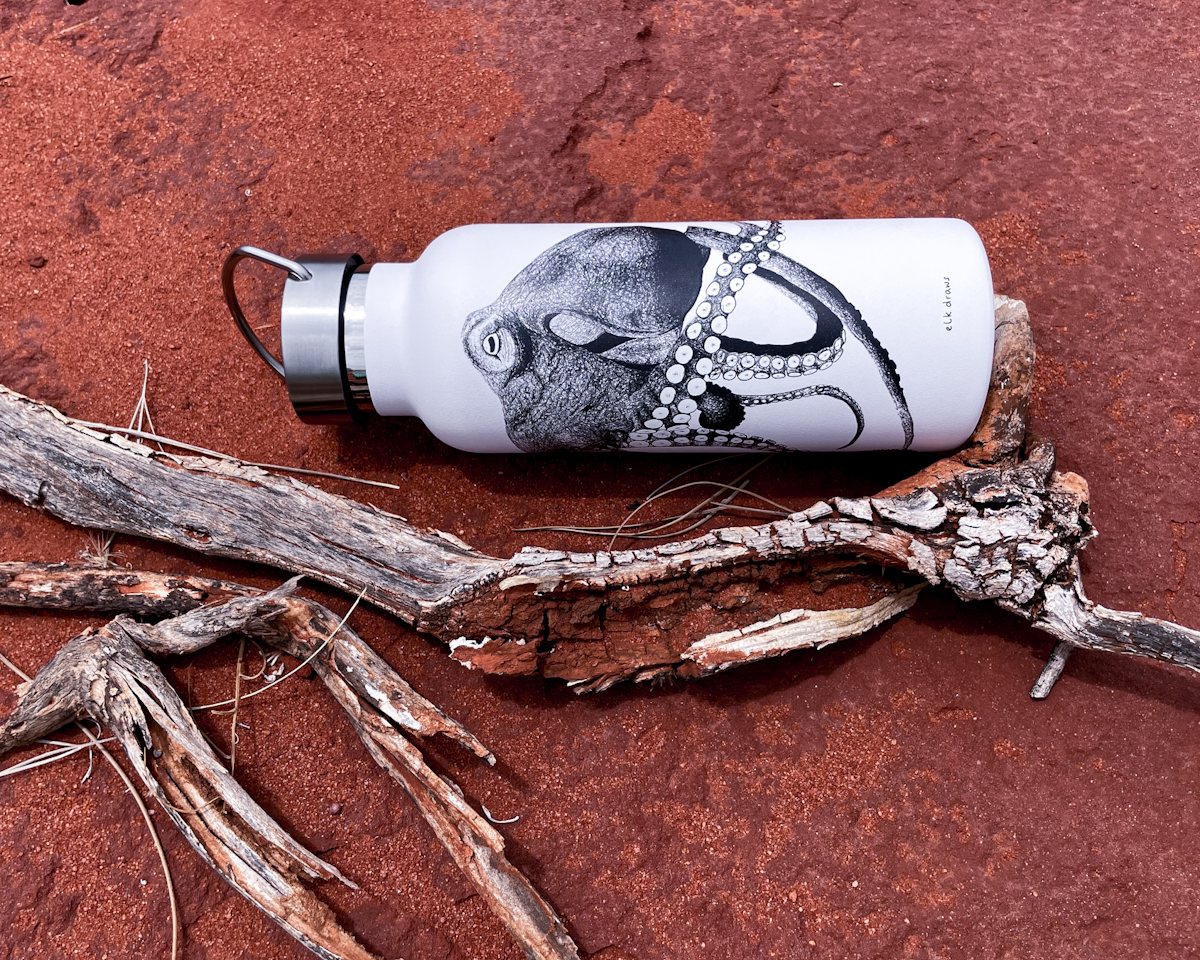 Underwater X Elk Draws Stainless Steel Insulated Water Bottle for Mental Health - Octopus
Underwater X Elk Draws Stainless Steel Insulated Water Bottle for Mental Health - Octopus
- Price A$ 39.95
-
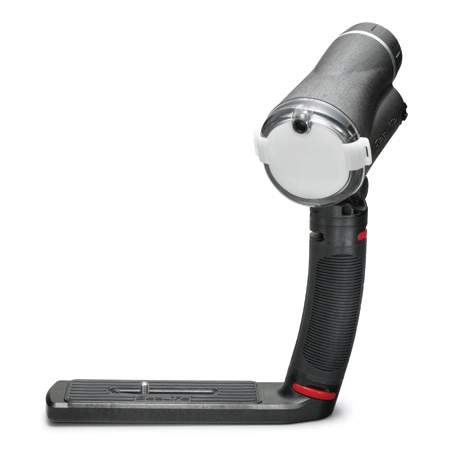 Sealife Sea Dragon Flash - Strobe
Sealife Sea Dragon Flash - Strobe
- Price A$ 699.00
-
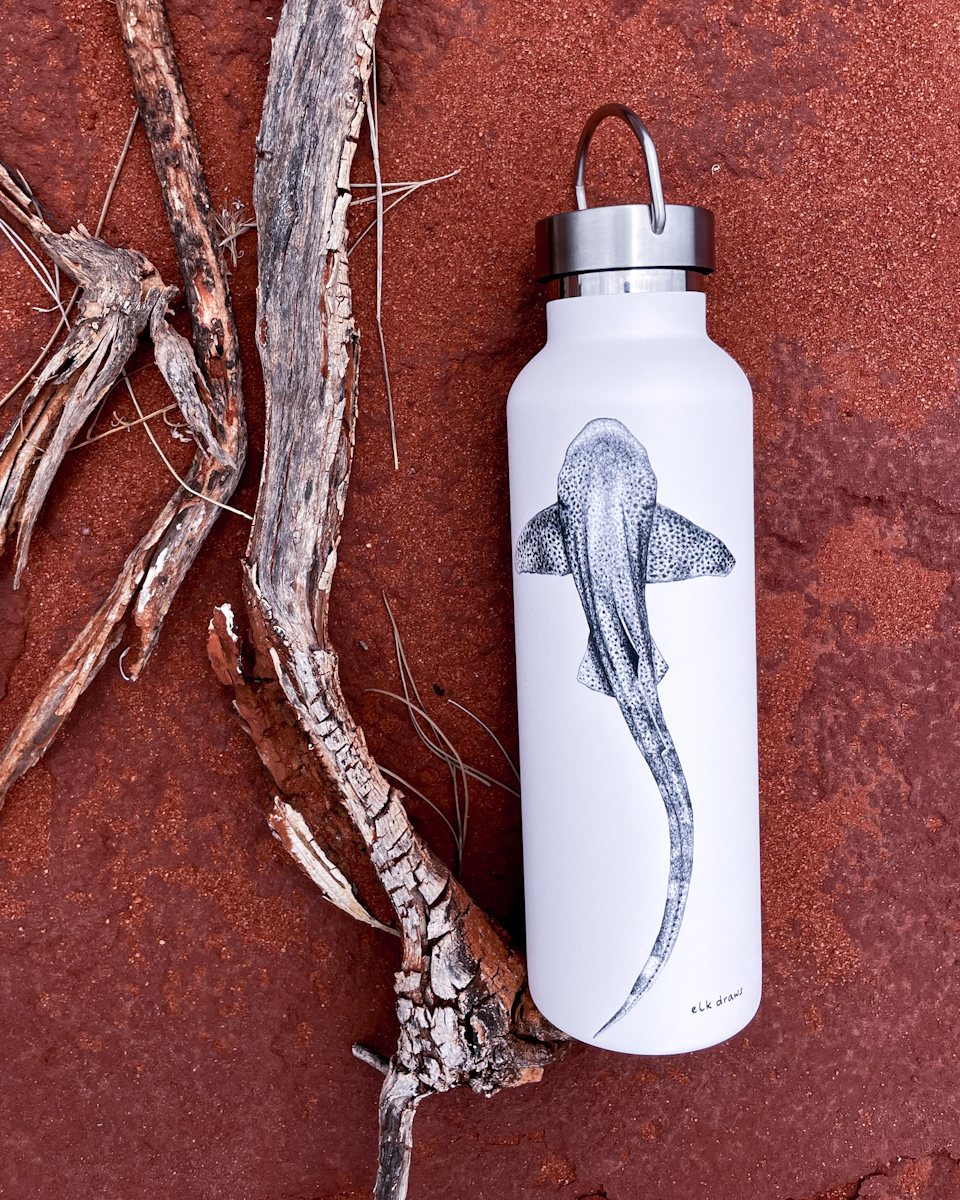 Underwater X Elk Draws Stainless Steel Insulated Water Bottle for Mental Health - Leopard Shark
Underwater X Elk Draws Stainless Steel Insulated Water Bottle for Mental Health - Leopard Shark
- Price A$ 39.95
-
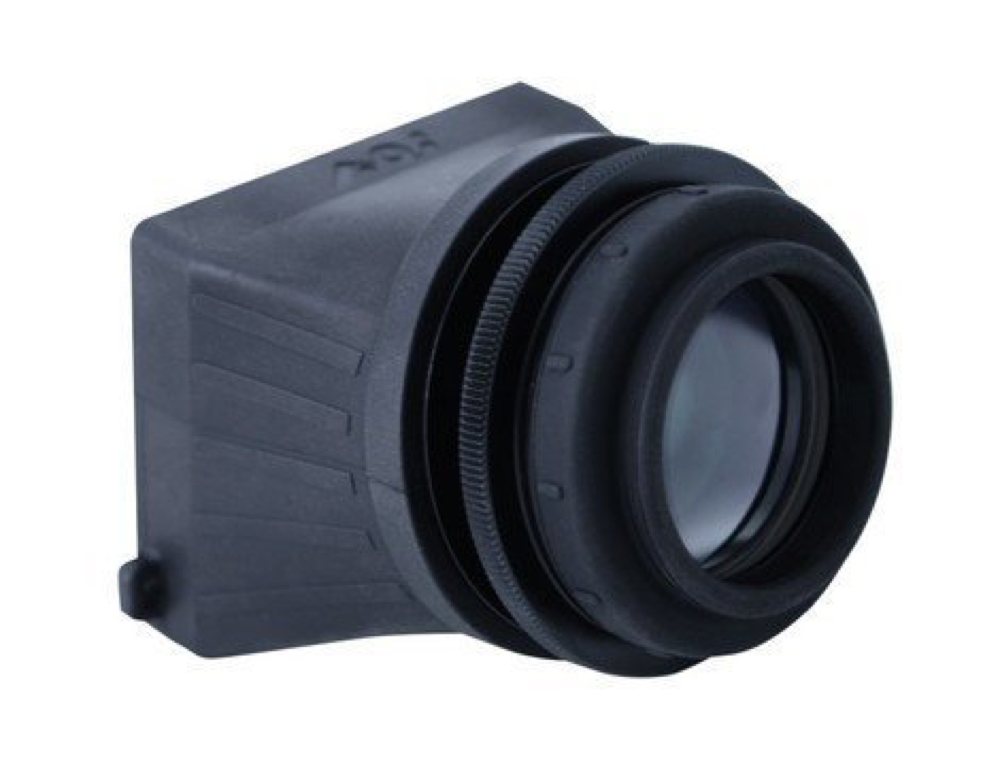 AOI UMG-01 LCD Underwater Magnifier for Olympus and OM System
AOI UMG-01 LCD Underwater Magnifier for Olympus and OM System
- Price A$ 269.00
-
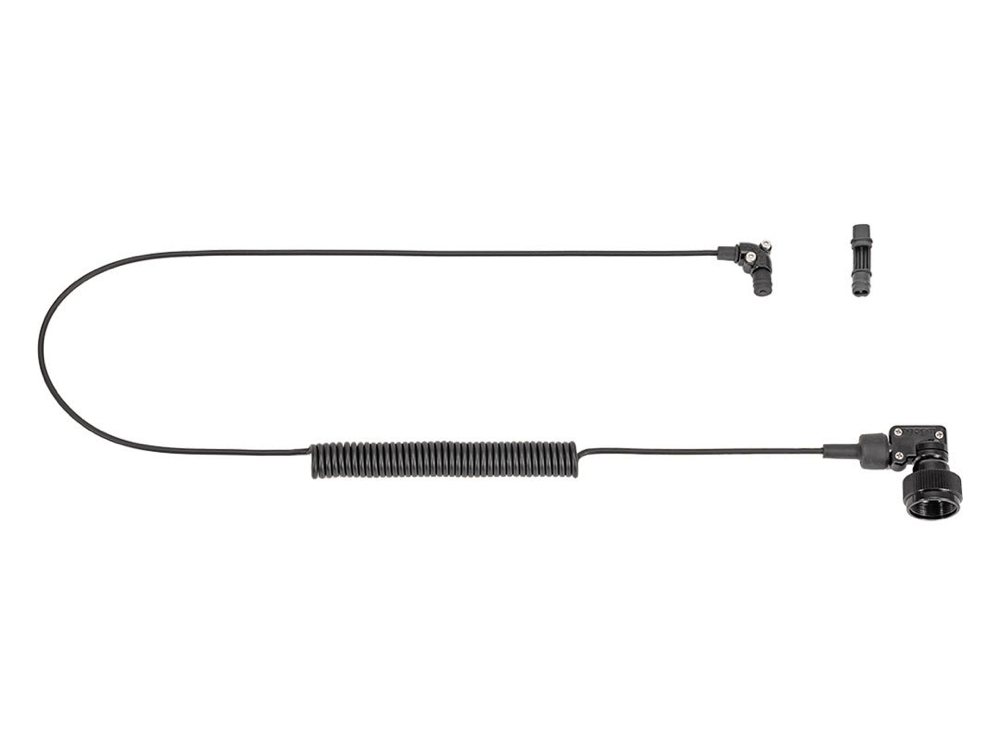 Inon Optical D Cable L Type L Rubber Bush Set 2
Inon Optical D Cable L Type L Rubber Bush Set 2
- Price A$ 139.00
-
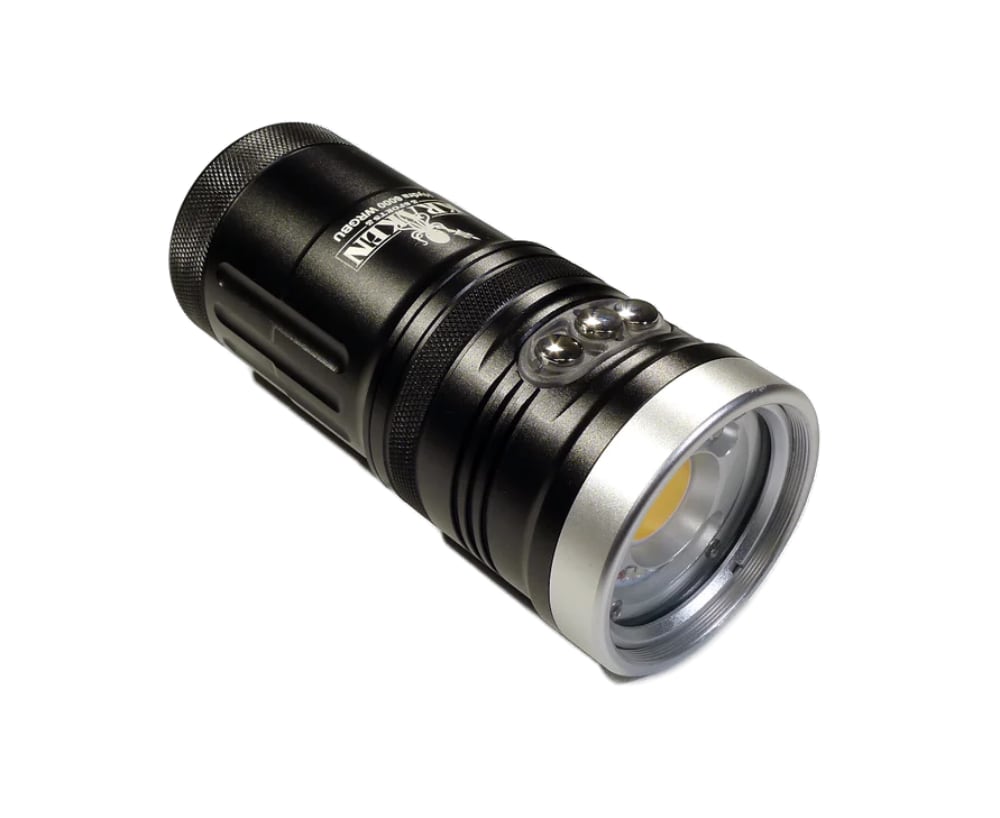 Kraken Hydra 6000 WRGBU
Kraken Hydra 6000 WRGBU
- Price A$ 899.00
Articles
-
 A Chicks Dive
A Chicks Dive
by Blaze
- What happens when your hubby, the boat driver, and my usual buddy, goes away for a week and you have pre-organised a "chicks" day out with your 3 girlfriends? Well.... read on.....



 LI-92B battery for OM System TG-7 Waterproof Tough Camera - Olympus
LI-92B battery for OM System TG-7 Waterproof Tough Camera - Olympus SeaLife Sea Dragon 3000F with Color Boost™ Auto Photo/Video Light
SeaLife Sea Dragon 3000F with Color Boost™ Auto Photo/Video Light


